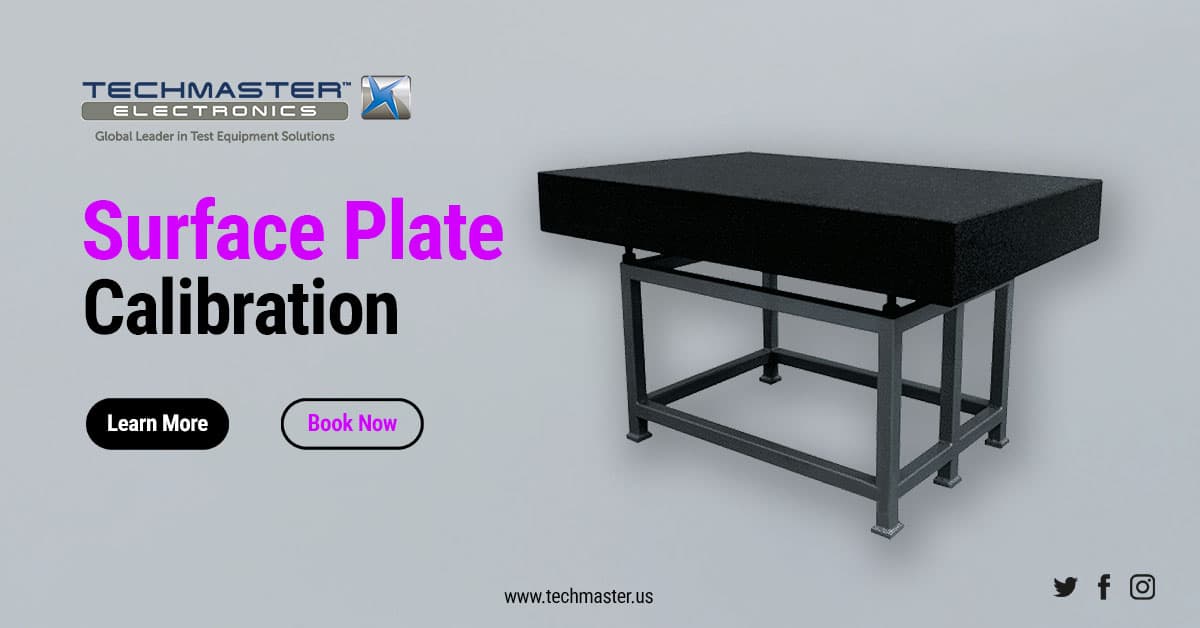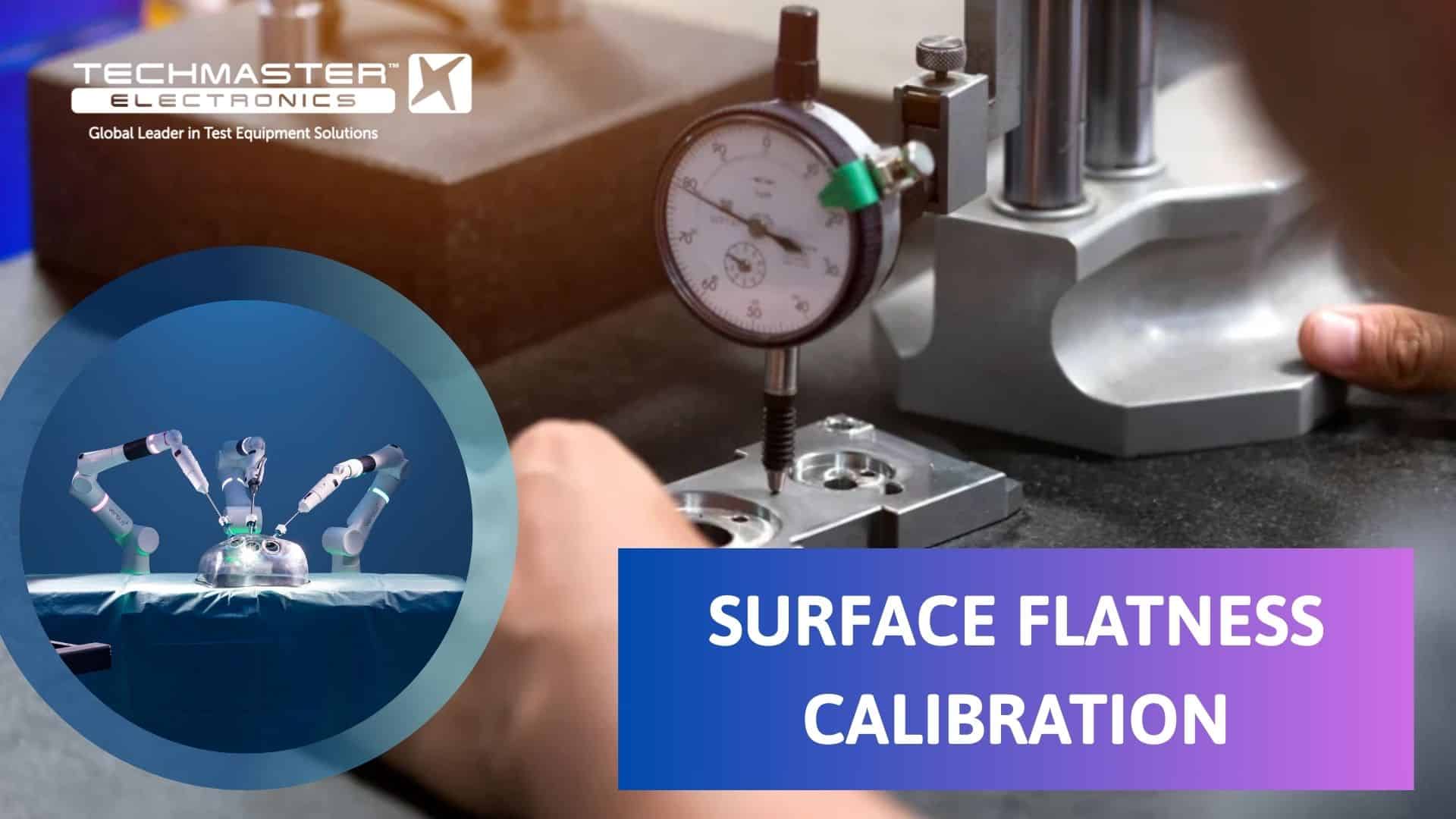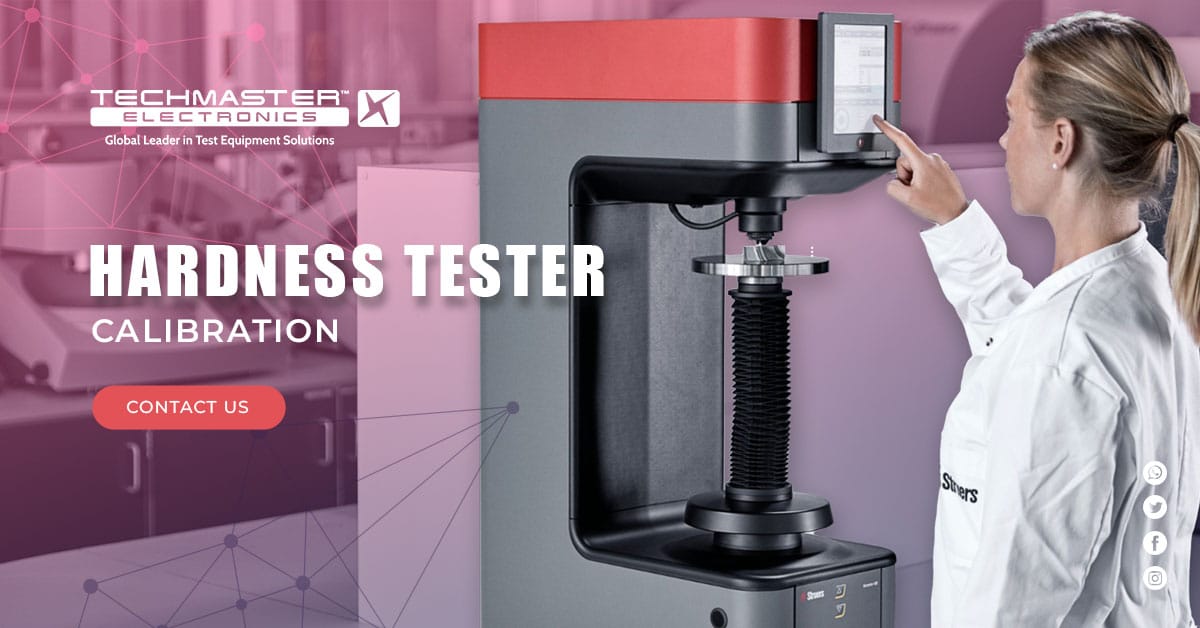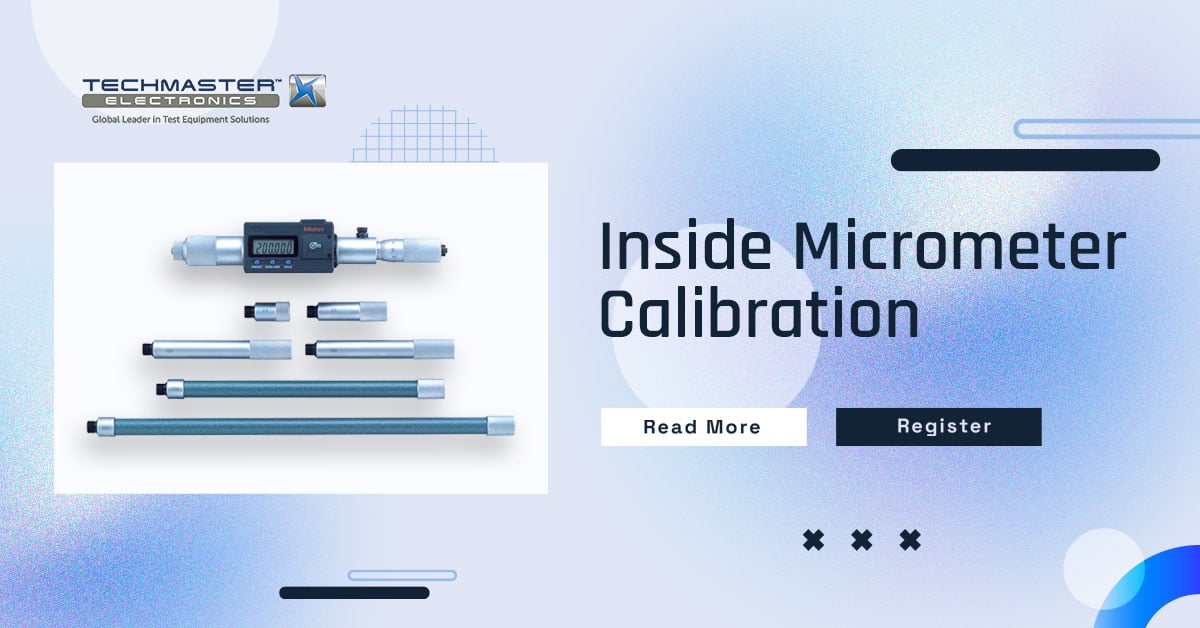In the field of precision measurement, calipers are essential tools that enable accurate measurements of dimensions in engineering, manufacturing, and scientific applications. However, like any instrument, calipers are subject to wear and tear, environmental influences, and operational inconsistencies over time. To maintain their reliability, periodic calibration is essential. This article delves into the importance of caliper calibration, its process, standards, and best practices.

1. What is Caliper Calibration?
Caliper calibration is the process of verifying and adjusting the measurement accuracy of a caliper against a known standard. The goal is to ensure that the instrument provides accurate readings within specified tolerances. Calibration involves comparing the caliper’s measurements to certified reference standards, such as gauge blocks, and making adjustments if necessary.
2. Why is Caliper Calibration Important?
- Maintaining Measurement Accuracy: Over time, factors like regular use, dirt, and environmental conditions can affect a caliper’s accuracy. Calibration ensures that the tool remains precise.
- Compliance with Standards: Industries often operate under stringent quality standards, such as ISO 9001 or ISO/IEC 17025. Calibrating calipers ensures compliance with these standards
- Avoiding Costly Errors: Inaccurate measurements can lead to production defects, material wastage, or safety risks. Regular calibration minimizes these risks
- Prolonging Equipment Life: Regular maintenance, including calibration, can extend the lifespan of calipers by identifying and addressing wear or damage early.
3. Types of Calipers and Their Calibration
- Vernier Calipers: These traditional calipers use a vernier scale for precise measurements. Calibration involves checking the zero position, linear measurement accuracy, and parallelism of jaws
- Dial Calipers: Featuring a dial indicator, these calipers require calibration of both the dial mechanism and the measuring jaws
- Digital Calipers: These modern calipers provide digital readouts. Calibration includes verifying the digital display’s accuracy and ensuring the electronic components function correctly.
4. Standards for Caliper Calibration
Calibration procedures adhere to international standards to ensure consistency and reliability. Some widely recognized standards include:
- ISO 13385-1: Specifies requirements for calipers and their calibration.
- ASME B89.1.14: Details performance and calibration standards for calipers.
- DIN 862: A German standard for the design and calibration of calipers.
5. Caliper Calibration Process
5.1. Preparation:
- Clean the caliper thoroughly to remove dirt, dust, and oil.
- Inspect the caliper for physical damage, such as worn jaws or loose components.
5.2. Reference Standards:
- Use certified gauge blocks or other calibration tools with traceable accuracy.
- Ensure the calibration environment is controlled, with stable temperature and humidity.
5.3. Zero Setting:
- Close the caliper jaws completely and verify the zero position on the scale or display.
- Adjust the zero setting if necessary.
5.4. Linear Measurements:
- Measure known dimensions using the caliper and compare the readings to the reference standards.
- Check across various points of the caliper’s range to ensure consistent accuracy.
5.5. Repeatability and Consistency:
- Perform multiple measurements of the same dimension to assess repeatability
- Verify that the caliper provides consistent results under identical conditions.
5.6. Documentation:
- Record the calibration results, including deviations, adjustments made, and the calibration date.
- Maintain a calibration certificate for compliance and audit purposes.
6. Common Errors in Caliper Calibration
- Environmental Factors: Temperature fluctuations can cause material expansion or contraction, affecting measurements.
- Improper Handling: Dropping or mishandling calipers can lead to physical damage and misalignment.
- Contamination: Dirt or oil on the caliper or reference standards can skew measurements.
- Inadequate Reference Standards: Using uncertified or worn standards can compromise calibration accuracy.
7. Best Practices for Caliper Calibration
- Frequency of Calibration: Determine calibration intervals based on usage frequency, environmental conditions, and industry requirements. Commonly, calipers are calibrated annually or semi-annually.
- Proper Storage: Store calipers in protective cases to prevent damage and contamination.
- Trained Personnel: Ensure calibration is performed by trained technicians or certified metrology professionals.
- Use Quality Tools: Invest in high-quality reference standards and calibration equipment for reliable results.
- Monitor Wear and Tear: Regularly inspect calipers for signs of wear, such as chipped jaws or loose screws, and address issues promptly.
8. The Role of Calibration in Quality Assurance
In industries where precision is paramount, calibration is a cornerstone of quality assurance. Properly calibrated calipers contribute to:
- Consistent Product Quality: Ensuring that manufactured components meet design specifications.
- Operational Efficiency: Reducing downtime and rework caused by measurement errors.
- Customer Satisfaction: Delivering products that meet or exceed customer expectations.
Conclusion
Caliper calibration is a critical process that ensures the accuracy and reliability of an essential measurement tool. By adhering to established standards, employing best practices, and maintaining regular calibration schedules, organizations can uphold quality, minimize errors, and extend the life of their equipment. In a world where precision matters, calibrated calipers are indispensable allies for achieving excellence.











